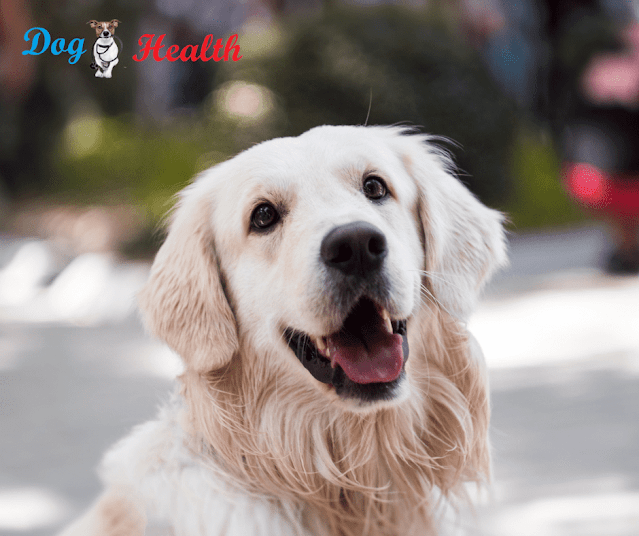5 Fun and Easy Dog Tricks
When most people think of dog training, they think of the basic dog training commands - sit, sit, come, stay. While these things are important, don't underestimate the benefits of training your dog to perform tricks.
Dog tricks are a great way to give your dog some mental stimulation, many of which are based on basic commands. Plus it's super fun to train a dog some cool dog tricks to show off to friends
1. Roll over
Put your dog in the "down" position. Then put a candy in your hand and slowly move your hand behind the dog's neck. Your goal is to get the dog to turn its head back without standing up.
Then, when his head reaches back to sniff the reward, gently rotate it. Once your dog is rolling, give him the treat and enthusiastically praise him. Repeat the process and when you start flipping say "roll" and when you're completely done, handle and praise again. Do this for five to 10 minutes.
Try again later in the day for another 5 to 10 minute session. In the end, your pet should understand that command and the process of rolling are directly related. After your pet rolls around when prompted, you no longer need to offer a treat every time. Always praise your dog when he's doing right, and don't get frustrated if he doesn't seem to pick it up right away. Stop the session if you can't calm down and relax.
2. Handshake
Teaching a dog to shake hands is generally easy because some dogs naturally raise their claws when asking for a treat. Start by putting the dog in a "sitting" position. Then put a candy in your hand and slowly move it toward the ground near the dog's paw.
While the dog raises its paw in anticipation, use the verbal cue "shake," give him the reward, and then praise your dog enthusiastically. As you practice this, gradually raise your hand so that the dog must raise its paw higher to receive the reward. Your goal is to get the dog to raise its foot to chest height.
Keep practicing and always use the same paw to train. Eventually, once the dog grabs his paw on command, you can switch to the other paw. The key here is to use another command like "other" so the dog learns that one works with its right paw and the other works with its left. Once your dog shakes hands with the command, you can start eliminating threats and offering happy praise instead.
3. high five
Since your dog has mastered the "shaking" command, it is easy to teach him to do the "big five." Start working on the "shake" command, but start by holding your palm and when the dog hits your palm, give the command "high five." Treat and praise your dog immediately. Your goal here is to get the dog to raise its paw as high as possible and touch your open palm.
4. Speech
It's easy to encourage your dog to bark on demand if your pet's voice is normal, but it may take longer to train him if he's on the quiet side. Start arousing your dog by throwing a ball or speaking in an excited tone. Then, put your dog in the "sitting" position and wave a treat from the dog's nose. Keep waving the treat without letting your dog see it until it whines or cries. Once your dog makes a sound, reward your dog with a treat.
Repeat the process, but use the 'speak' command when your dog starts making noises. Don't reward your dog until he makes a noise. Always tell your dog to "shut up" or "enough" and walk away when you want your dog to stop.
Note: If your dog tends to bark excessively, use this trick only when your dog is in a sitting position. Barking at everything that walks past the front window should not be encouraged and should never be rewarded with treats or praise.
5. Dance
Although almost any dog can be taught to dance, it is easier to train smaller breeds. Getting a Saint Bernard on its hind legs can be difficult, but live dogs under 40 pounds can quickly learn to mow the rug. Start your dog in a seated position and hold him with your closed hand near his nose. Slowly raise your hand above the dog's head and slightly behind it until the dog is looking back and starting to stand on its hind legs. Once the dog is standing on its hind legs, praise the dog and offer the treat. Repeat the process until the dog is quickly and firmly standing on its hind legs.
Then start moving the treat over the dog's head in a small circle. You want your dog to spin on its hind legs. Once the dog begins to get into a circle, use the term "dance" and give him praise and reward. Use the treat as bait to make the dog stand and spin in a circle. Again, this trick is easier to achieve with small, nimble dogs. Avoid this trick if you have a breed that is prone to support problems such as a Dachshund.


Comments
Post a Comment